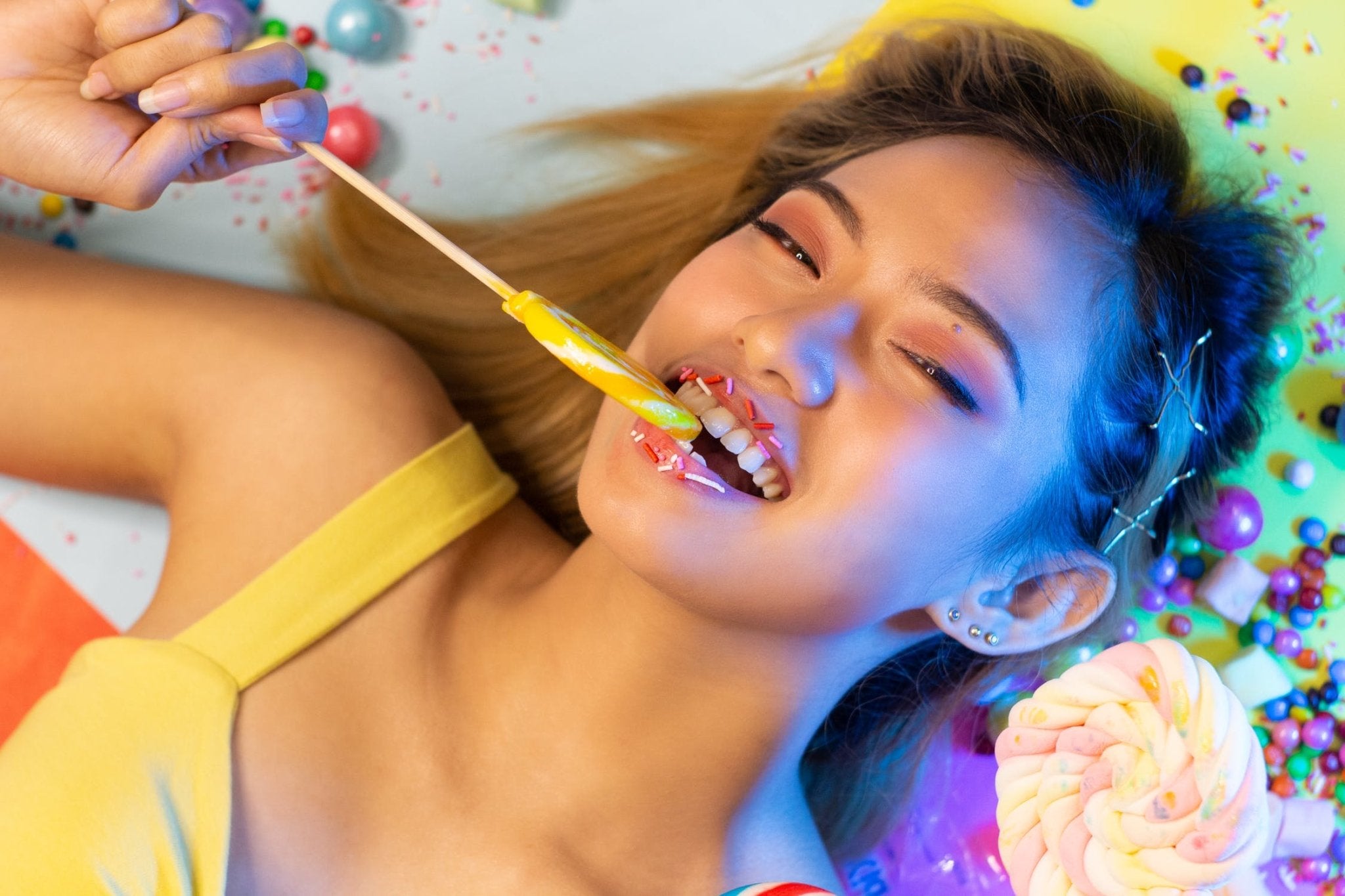Photography is a complex art that combines creativity and even science.
Saturation is one of those elements you need to understand to perfect your photographs.
What is Saturation?
Saturation is how strong a color is. When you have a high saturation, your colors are more vibrant. When you have low saturation, your colors are dull and almost grey.
Color saturation levels can alter your entire photograph, from the perspective to the overall composition.
Here are a couple of different saturation effects that you will need to consider.
-
Lighting Differences:
Colors are ever-changing, and it is difficult to guarantee what hue your camera will capture when you are an amateur. Saturation levels will affect how your colors will show in various lighting.
Example: External lights or lighting conditions will make colors look different in photographs than how the actual color looks.
-
Muting:
Your photo's saturation levels can create vibrant or muted-looking colors. When you eliminate saturation from your photo, you make the colors appear more muted and give a dull effect to your image.
Adjusting your Image Saturation
Altering your image saturation is a simple process, and you also have a few options on how and when you make these adjustments. Whether you experiment with your saturation levels before taking photographs or wait until the end during editing, you will always have an opportunity. If you are using actual film, you can alter your image saturation by using exposure techniques. You can also purchase specific film stocks to get the look you want.
Here are the more popular methods for adjusting your exposure:
Camera Presets:
Almost all current camera models will have color settings. These color settings will let you make changes to your color saturation. You might even have access to a readout on your camera that will tell you the saturation of a particular area of your image.
Digital Editing:
Most experienced photographers will modify the color saturation and make additional changes during post-processing. You can edit your images through different programs like Adobe Photoshop or Lightroom, and these programs give you sets of digital tools to make minor or significant changes to your photograph. During post-processing, you can experiment with saturation to either tone your colors down or make them more intense.
Related article: How to Edit RAW Images in Photoshop
Film Stock:
When using a camera that takes film, you have some other resources. You can purchase film stock to give you different looks and color saturation. The Film Photography Project has excellent film stock options to provide you with beautiful saturation.
Development:
The last option on this list is development. The development and printing are just another way to manage saturation. During the process, film paper is exposed to the scene you capture. You can then use a variety of lights and filters to adjust the color intensity of yellow, cyan, and magenta. If you print your own photographs, you can experiment with exposure times and filters.
Related article: How to Develop Film
What Role Does Saturation Have and How Does it Affect Your Photos?
You should be thinking about saturation before you snap your photographs since this plays a massive role in the overall composition. This is why it is so crucial to understand how saturation impacts your photos and can draw out feelings and emotions.
Emotion:
It's incredible how saturated colors can bring out or convey emotions from photography. Bright colors usually show excitement or fun. Muted and dull colors can depict sadness or depression. When you plan your photoshoot, think about what type of emotion you want your audience to feel when they look at your photographs. If you are a lifestyle photographer capturing the aftermath of war, you will most likely be drawn to muted colors. If you are trying to capture children playing, you will need to show happiness with vibrant colors. Your saturation will help you execute the look you want.
Oversaturation:
Oversaturation will give an artificial, almost plastic, look to your photographs. Bringing out the most accurate form of color can seem unnatural. If you choose to oversaturate your photos for creative purposes, you need to be careful. Oversaturation can teeter between looking cool and being "too much."
Undersaturation:
Opposite to oversaturation is undersaturation. With undersaturation, you can highlight areas of your image to help guide the viewer's ever.
Understanding the elements of photography, especially saturation, will help you become a better photographer. Experiment with your camera and different subjects to see how the color saturation affects your photographs. Then, experiment with digital editing to have a complete understanding.
Whether it's through saturation, value, or even camera settings. Check out more of our articles to learn even more!
Related article: What is Bracketing in Photography
Related article: What is Emphasis in Photography
Related article: What is Value in Photography












